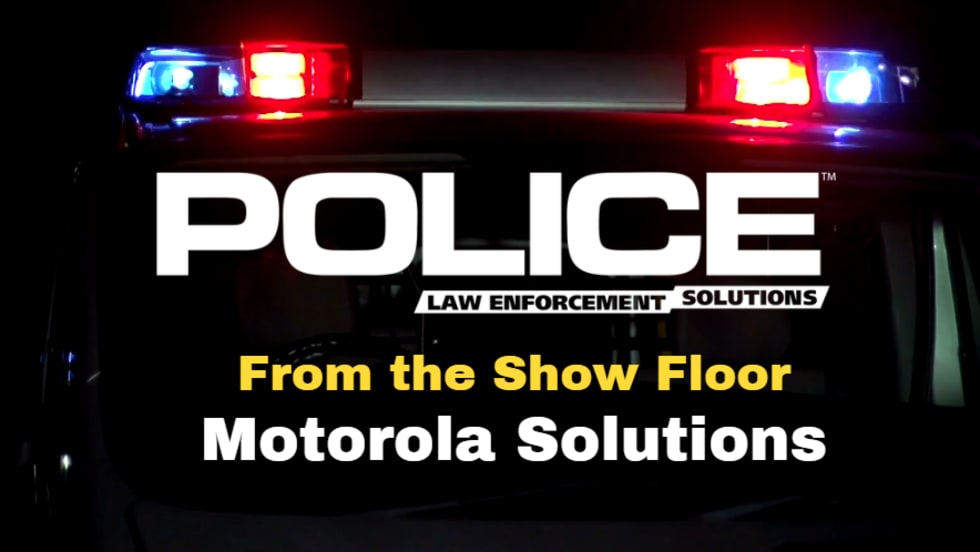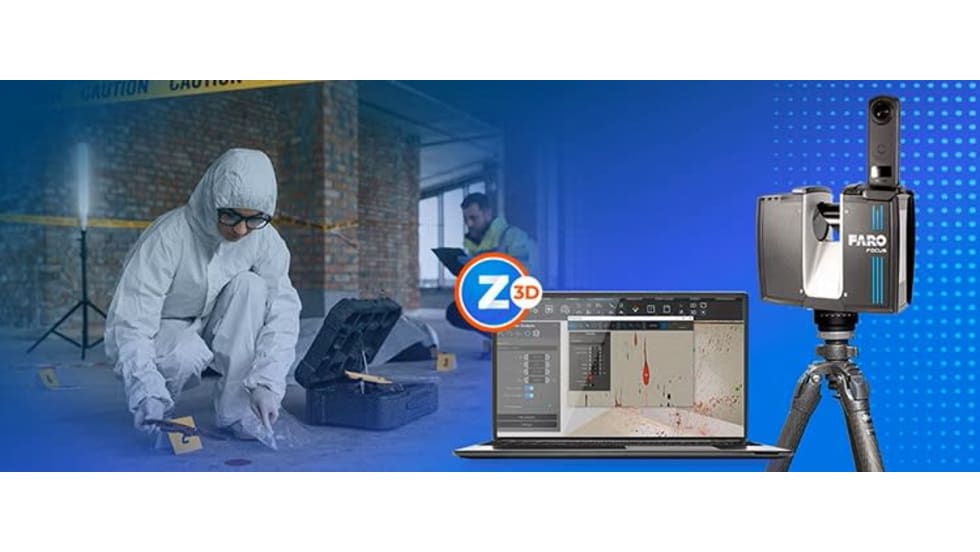Any officer who has attempted to communicate with a neighboring agency during an operation only to find that agency is on an incompatible radio network has felt the frustration of waiting for messages to be relayed back and forth by dispatchers over the phone to the other agency. This lack of interoperable communications often overcomplicates a minor incident, and it can be tragic during a critical incident. This is why over the last decade or so a number of companies have developed hardware and software that can solve this problem or at least mitigate its effects.
One of the most elegant and versatile interoperable communications solutions that I have seen is Mutualink.












